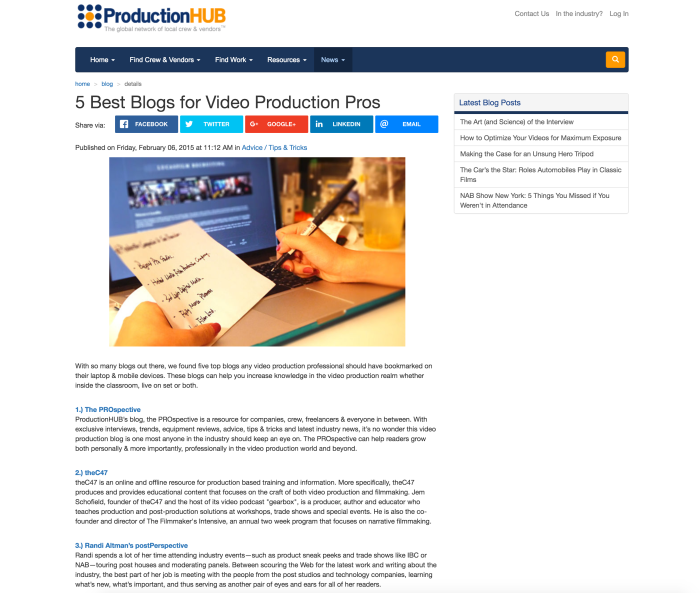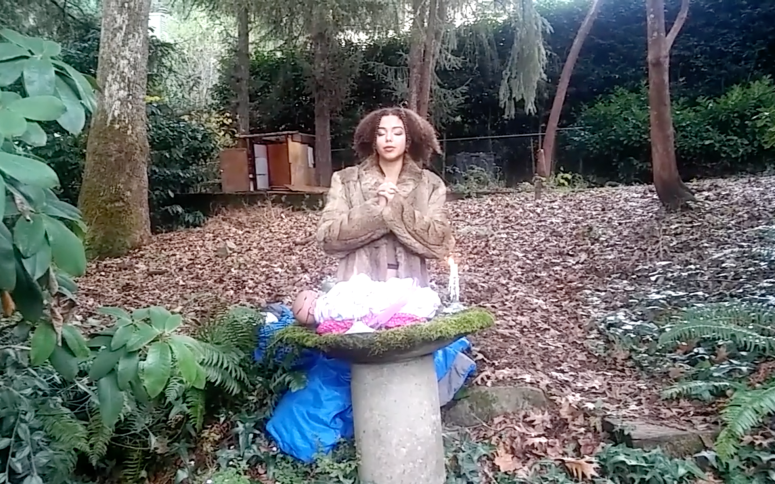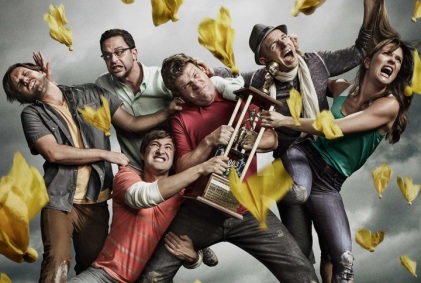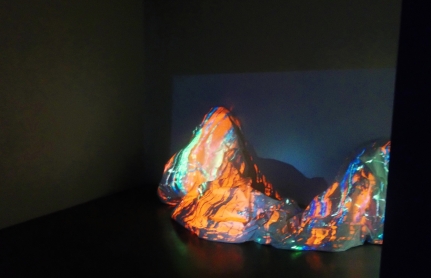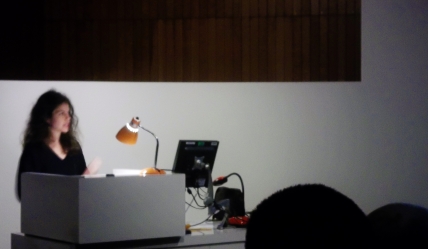When you walk into a theme park, you are walking into a media experience that has been designed to tell you a story. Don Carson has been designing theme parks for over thirty years. If you’ve been on Splash Mountain in Walt Disney World, Mickey’s Toontown in Disneyland, or the California Adventure, you’ve been immersed in worlds that Don Carson helped design.
He has a very comprehensive portfolio web site, nicely designed.

As a media student the most fascinating part of it was his blog. He discusses world-building design concepts for theme parks and video games in detail. He has an extensive background in design, concept art, illustration, even retail design. The majority of his blog deals with theme park and video game design. It’s very helpful for people who want to learn design of 3-D spaces that will be having people explore them. There’s posts specific to designing a certain place, and general design concept posts.
I emailed Don and asked for an interview. He’s local to Eugene but was headed out of town, so we did an email interview. He was friendly and welcoming. I have shared our questions and answers below, and most of them are applicable to media designers in general, not just those who design for video games or theme parks. It was an honor to talk to a person who has his designs seen by millions of people from all over the world.
While reading through your blog and website, I noticed a few popcorn carts. Do they have any particular significance for you?
Popcorn and Churro carts are just some of the things that crop up a lot. The challenge is to take an industry standard and function and apply a theme to it while having it still perform its job. Like food trucks or ride vehicles you have to keep in mind how it will be used when you design. Always a fun challenge.
Did you start out having many interests, or did some flow into others?
I always loved to draw. I wanted to be a cartoonist but my teachers in college crushed that dream when they said I couldn’t make a living. Foolishly I believed them. I majored in Illustration which gave me a good foundation for the work I do now. Along with the fundamentals of good design I learned storytelling in a visual medium, which has informed everything I do today. I still draw every day, often it is in the computer and in 3D software, but I still use all the principles I learned early in my career.
Of your many years of work, how often have you worked on designing with a team? What particular challenges arose from that, and how did you overcome that? Do you currently do more teamwork or design ideas on your own?
With the exception of freelance jobs I often find myself working with or directing teams. Collaboration is the spice of life and I have found that design is more often improved by allowing many creative voices to work together towards a common goal. When it falls apart it is when any one member demands control or feels their contribution is more important than any other. That is where the Design Intent was so valuable. If everyone gets behind the root idea for a project then you are much less apt to have conflict and all energies are focused on getting the best work out of us, all pointed towards a common goal.
So much of your work is designing with children being a part of your target audience. I took my daughter to see the Nutcracker at the Hult last year and the large, bright designs helped clarify the story and draw her in. What aspects do you keep in mind and influence your designs?
Disney taught me about the importance of “appeal” in your design. This isn’t making it child-like for “for children” it is making it approachable. Mickey is appealing because he has the proportions of a human baby or baby animal. I try to design the places, sets, or game environments I would like to visit and explore, and sometimes those places are specifically designed for families or children, but not always.
Is there anything you specifically avoid?
Avoid cynicism. Rolling your eyes or making fun of something (done often in tv and the movies) might be funny on the surface, but it creates a world no one wants to live it. Cynicism suggests that other people are stupid or foolish. Disney over uses the word “magic”, but at its core they are talking about reaching in and touching a childlike part of everyone, without eye rolling, finger pointing, or name calling.
Looking back over your extensive list of projects, which ones stand out as ones that you see as great triumphs to solve challenging design problems?
Designers are never completely content with anything they do. They can see only what got cut or didn’t make it to the final design. Still, although not a triumph I am probably most proud of Splash Mountain in Florida (ironically my first project). It holds up and riding through it today it still succeeds to get across the design principles I hoped it would. Now I work on countless projects, most of which may never get built. Today’s triumphs are more about how well I work and collaborate with others, not what gets built or gets praised.
When I read that you designed Mickey’s Toontown the memories of the place came back very strongly. It is distinct and creatively designed. Can you share with me a few theme park designs that strongly impacted you and you can remember how it felt to be there? How about video game experiences?
Universal’s Wizarding World “lands” come the closest I think to creating fantasy on earth. I am a huge fan of the books and I feel they did a masterful job of transporting us into that world, all within the constraints of a theme park. In video games I love the Bioshock games for their ability to create story rich and beautiful environments. For me killing all the occupants just to get a chance to look around is a necessary evil, but in the case of games like these are worth it to reach the rich narrative and design that holds those worlds together. Like a good book, places like Rapture, Portal’s Aperture Labs, and Skyrim’s landscapes are every bit as rich in detail and story as any really good book.
As a designer, what online sources do you use to keep up with the industry or be inspired?
I am all over the place. I am addicted to the potential of new tools and their ability to bring people inside the worlds in my head. Whether it is a video game, or a theme park, or VR, all are viable outlets for my creative energies, none better than the other, just a different means of telling a story. Each has their challenges and limitation and I love watching and reading about people in the midst of the creative process. “Art Of” books and films are the fuel that brings me back to my drawing table to create more.
As a person starting out in my career with strong creative design leanings, I have many interests. Would you recommended learning a wide variety of skills, or honing in one particular skill and becoming very adept at it (like photography, illustration, film production)?
Allow your interests to guide you. Learn what you need to to manifest the places and stories that are important to you. This doesn’t mean it makes you a movie maker, or an environment designer, or an Illustrator, perhaps you are all of those things? Make sure you feed your brain with the principles of good design and allow yourself to focus these ever growing skills towards whatever interests you from moment to moment. Early on you may take jobs that are necessary to pay the bills, but as your passion and productivity grows so will the opportunities to make a living doing the work you love to do most.
Do you have any recommendations for people like me, looking to enter the design workforce in a couple years, to start out strong and stand out from the others?
Don’t fall into the trap I did early in my career. Don’t waste any time questioning whether your work or your vision is lesser than anyone else’s. The only gift you have for the world is your unique perspective, don’t fight it, run with it. Get better at doing what YOU do, don’t settle for good enough, and don’t look to others as the only successful path. The world rewards the individual life and perspective, be Diana Geronimo the best way you can and the rest will fall into place. You may never be rich, but your will be very happy.



